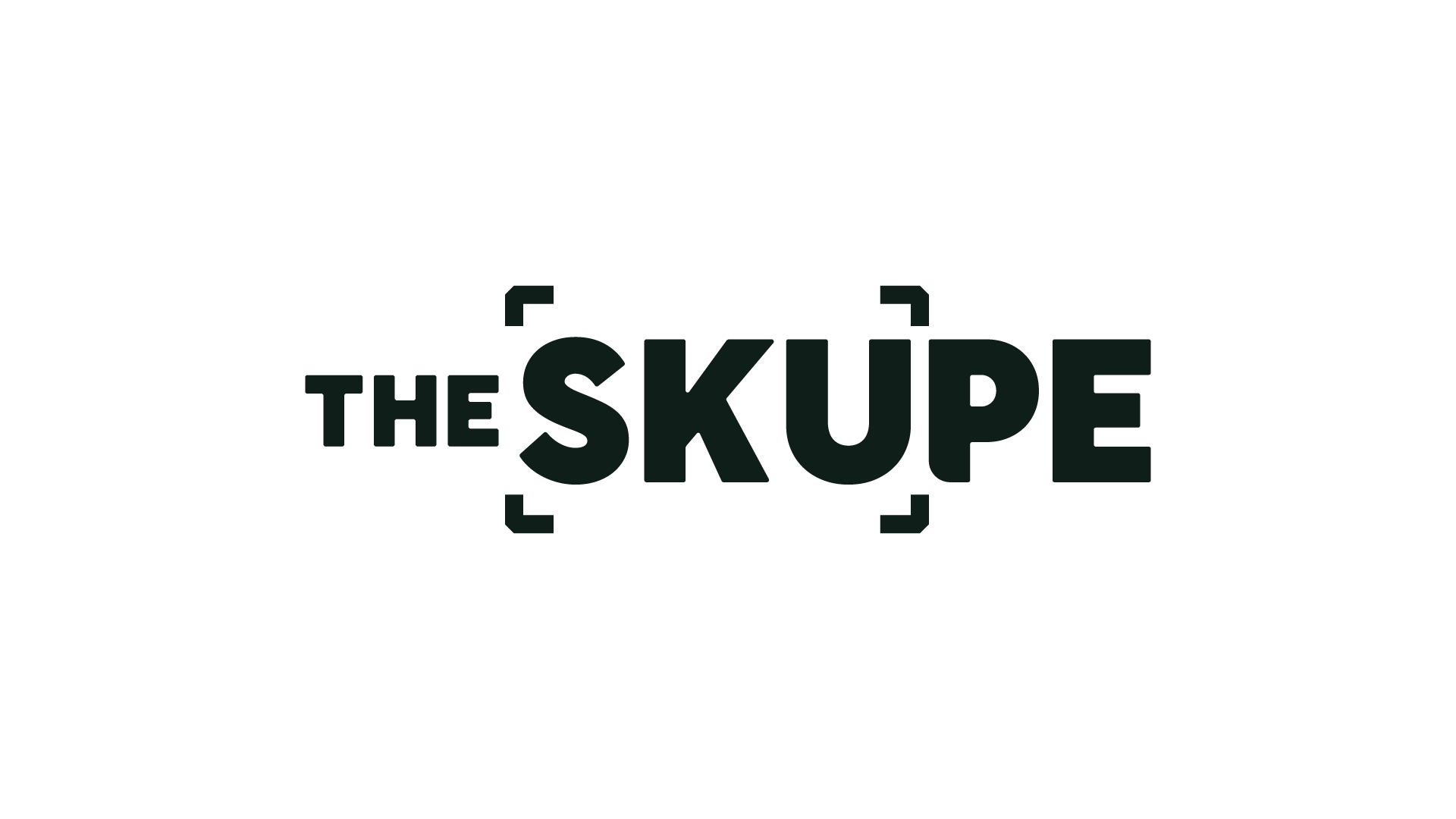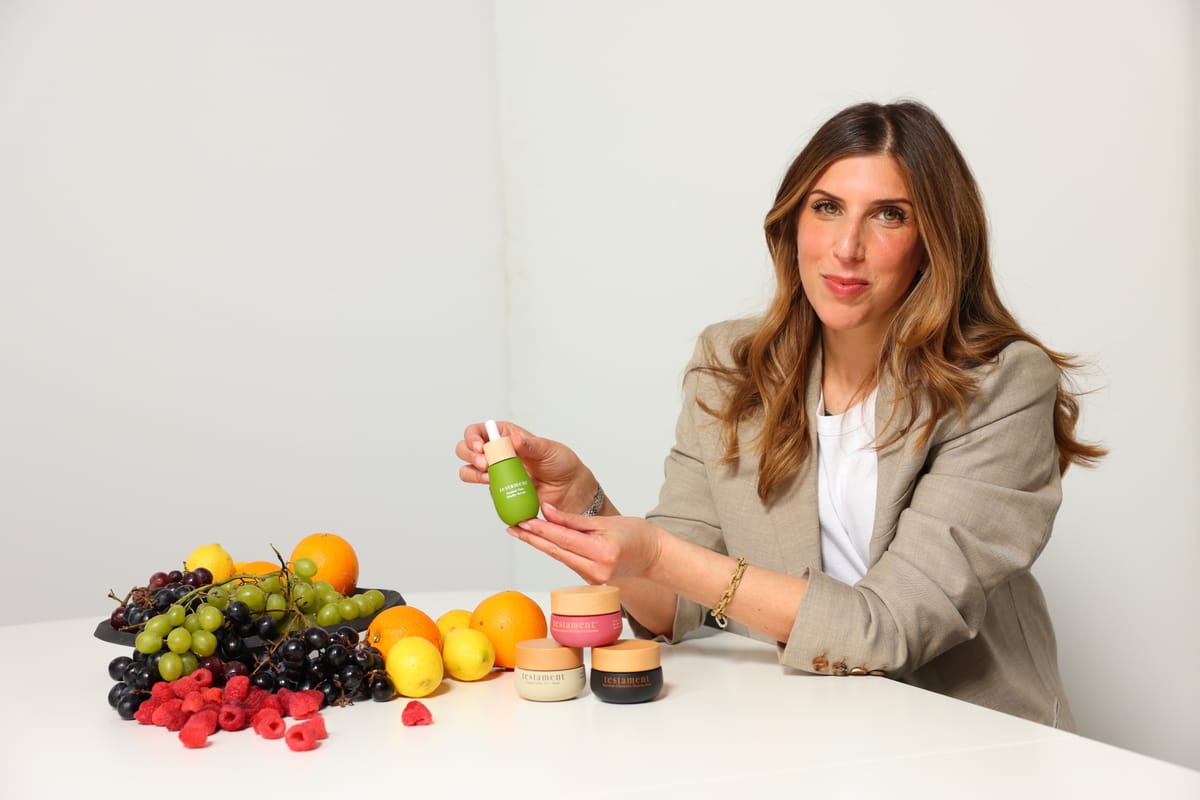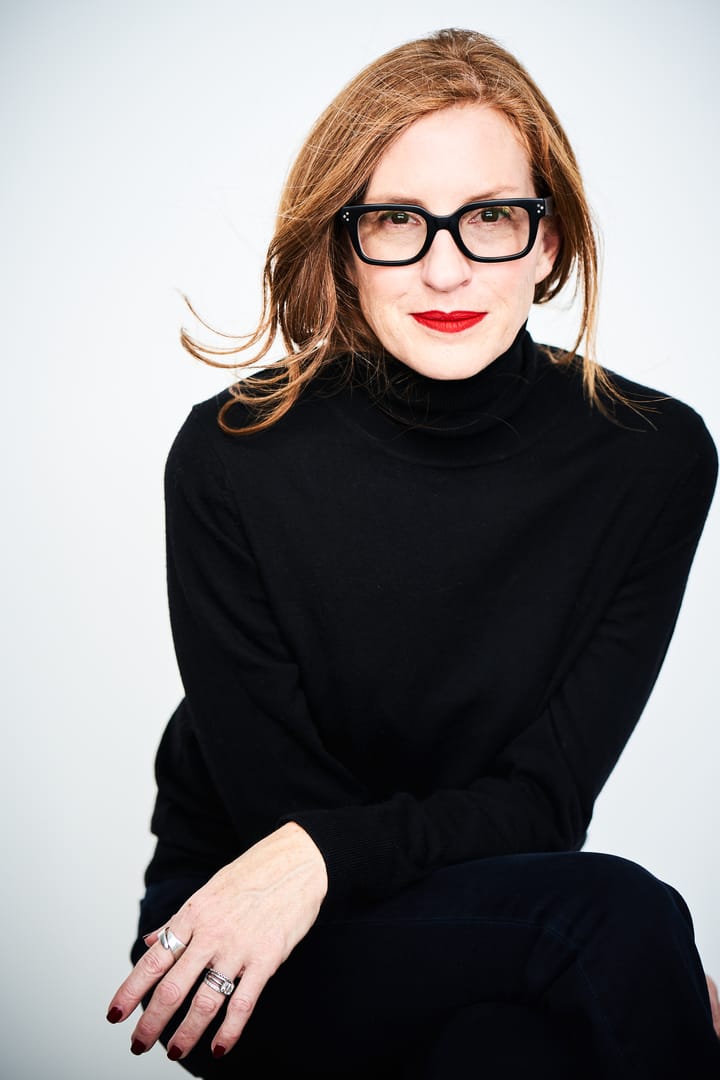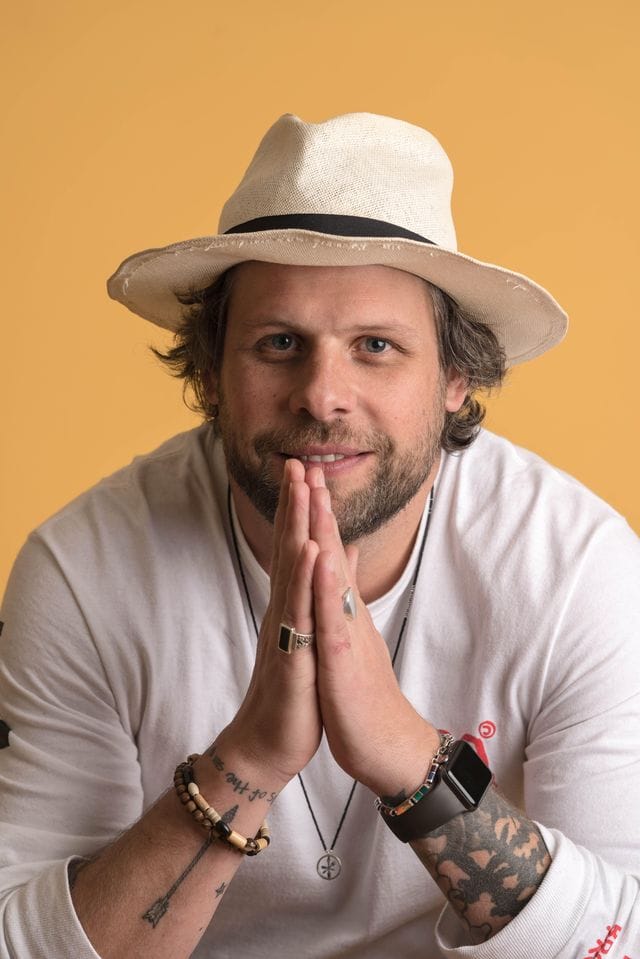Testament Beauty’s focused strategy for steady sales and cash flow
The luxury beauty market didn’t have what beauty brand founder Sophia Chabbott wanted—something simple that still felt indulgent. After years covering the industry as a beauty editor at WWD, she decided to create it herself.
"I looked back to my heritage—my family is from Syria, Turkey and Spain—and how my grandmothers would teach me how to utilize elements from the garden and kitchen on my skin,” says Chabbott.
That inspiration became Testament Beauty, which she calls “a paean to them and to the beautiful garden-grown ingredients that deliver beautifully radiant skin at every age.” Here, Chabbott shares what it took to launch the five-SKU brand, which spans face oils, masks and a moisturizer, and how she keeps that connection with customers alive.
-Bianca Prieto, editor
What elements should every founder make sure to have in their business plan?
We put together a business plan prior to launch, but it went to the wayside pretty quickly due to market fluctuations, supply chain issues and more. We launched in 2021, during peak Covid, so we were pivoting constantly.
From day one, we’ve stayed true to two guiding principles that continue to shape every decision we make. First, our customer comes first. She is not just part of the business plan; she is the business plan. Every formula, every touchpoint, every detail begins with her in mind. Second, we have never compromised on quality. That means developing high-performance formulas with responsibly sourced ingredients and packaging that deliver real results. My goal is simple: to give her such an exceptional experience with our products that returning feels effortless, and I’m proud that she does.
What are some things a business owner can do to manage profitability without raising prices?
All of our ingredients and components are responsibly sourced in the United States, which gives us a lot of flexibility when the supply chain starts to feel volatile. We also partner with labs and makers in the U.S. that are right-sized for a small business, which is key when we want to test new formulas and experiment with different opportunities.
How do you manage cash flow and what strategies help to smooth it out when there are spikes and dips in business?
We’ve kept our line intentionally tight with just five SKUs (and more on the way), which keeps us laser-focused on two things: introducing the brand to new customers through marketing and events, and driving replenishment with our existing base. That balance helps keep cash flow steady.
As for seasonality, we see it as an advantage. The holiday months give us space to focus on brand awareness, while the new year brings a surge as customers lean into wellness and fresh starts. By aligning our marketing to those rhythms, building anticipation in Q4 and going big in Q1, we’ve turned what could have been dips into momentum drivers. It is about working with the customer’s mindset to create sustained growth.
When you launch a business online, how do you market to new customers?
I read so many articles about influencer marketing being dead. For us, it’s not. We only recently partnered with LTK Platform and have been able to connect with hundreds of influencers across the country, leading to hundreds of thousands of new customers discovering our brand. We do mostly organic partnerships, which have brought many new customers to our site.
We also host dozens of store events across the country, partnering with brands such as Veronica Beard and Tanya Taylor as well as others in the wellness space, such as Samantha Susca, lead aesthetician at Casa Cipriani, and Azi Brow. We find it’s equally important to connect with both new and existing customers for live events as it is to reach them in the digital sphere. It really takes both.
Interview by Marcy Medina

Thanks for reading this week's edition!
You can reach the newsletter team at theskupe@mynewsletter.co. We enjoy hearing from you.
Interested in advertising? Email us at newslettersales@mvfglobal.com
The SKUpe is curated and written by Marcy Medina and edited by Bianca Prieto.






Comments ()